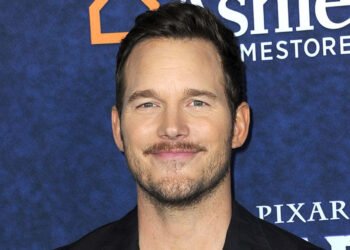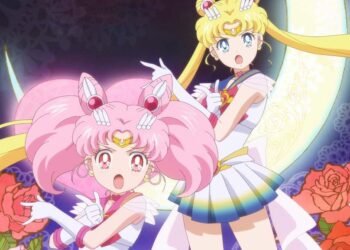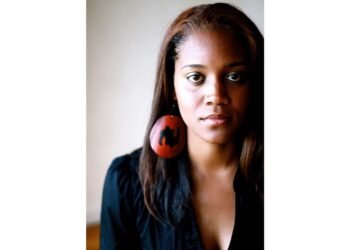If Death Metal sounds weighty in its use of continuity, that’s because it is. Death Metal is heavy. But it’s not a turnoff, it’s a highlight, and an effective tribute to comics as a story-telling medium. Snyder, much like Grant Morrison, has a meta-textual approach to comics in which there’s an in-narrative awareness of the medium and a complete lack of reluctance to utilize the entirety of the DCU from pulp, camp, and horror. Where Morrison’s approach feels punk-rock, Snyder’s, aided by Capullo’s grandiose visuals, feels like heavy metal, the AC/DC to Morrison’s X-Ray Spex. Death Metal is sub-titled the “Anti-Crisis,” a term that Snyder has used in interviews leading up to the event. But what that term meant wasn’t entirely clear until this issue. But true to his word, Death Metal is an Anti-Crisis.”
Unlike DC’s previous universe re-defining events, Crisis on Infinite Earths (1985), Infinite Crisis (2005), Final Crisis (2008), Flashpoint (2011) and Rebirth (2016), which all sought to condense the DCU, make it smaller and more refined in some ways, Death Metal is all about expanding it. In fact, the very concept of a Crisis is described here as a force of greed, selfishness, and ego, built around the idea that, “Only one moment [is] important. There is only now. There is only us. There is only me.” Snyder disposes of the idea that only the rebooted continuity matters, that the past is dead, and instead looks at the full potential of the aspect that has always defined DC Comics: Legacy. But it’s not just the legacy of these characters, of one Robin becoming another, of the JSA begetting the JLA, of Daniel succeeding Morpheus as the Lord of Dreams. It’s the legacy of DC’s publication history, of its storytellers, of every panel and gutter in between. Snyder and Capullo have crafted a love letter to DC Comics and its most well-known creators, Grant Morrison, Frank Miller, Geoff Johns, George Perez, Denny O’Neil, Jack Kirby, Neil Gaiman, Alan Moore (even if he doesn’t accept that love), and the equally important ones who don’t get mentioned enough: Paul Cooper, Robert Kanigher, Peter Milligan, Roger Slifer and Keith Giffen. The list of references, of characters and concepts pulled from the past and writers and artists evoked goes on and on.
There’s no better character to pen a love letter with than Wonder Woman. While Metal was largely centered on Batman, and Justice League put Martian Manhunter right in the middle of Earth’s fate, Death Metal finds its lead in Wonder Woman. Equipped with the “Chainsaw of Truth,” Diana’s role in the newly uncharted DCU isn’t just to survive and preserve the good that hasn’t yet been wiped out, and protect the eight remaining Earths of the previous 52, as Batman wishes to do, but to restore all of it. Through Wonder Woman, Snyder and Capullo’s mission is to heal the DCU, and they’re setting up a hell of a fight to get there.
What the DCU will look like after the events of Death Metal remain to be seen. Rumors of a new line of books for DC Comics, 5G, centered around five generations of DC history, have made the rounds since last year. Those plans may be in flux since the departure of Dan DiDio as DC’s co-publisher. But with the entire comic book industry getting back in the groove of things after several months of delays brought on by the COVID-19 pandemic, there’s certainly a lot to look forward to. Ultimately, the promise of Death Metal is the promise of both new stories and rediscovery of the old, unhampered by the idea that only the present matters. In true Snyder fashion, that’s very much a pressing real-world concern that serves to enrich the comic book experience.















































